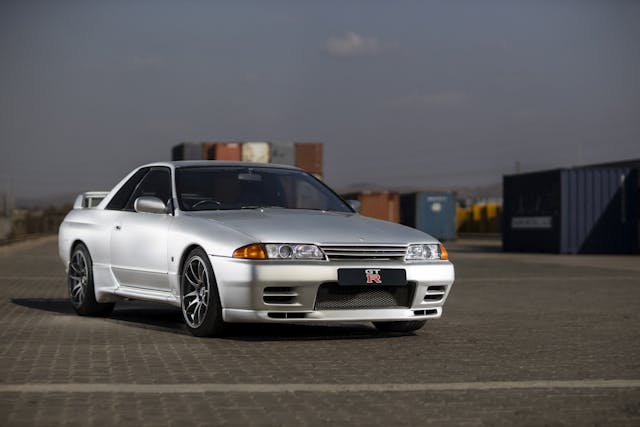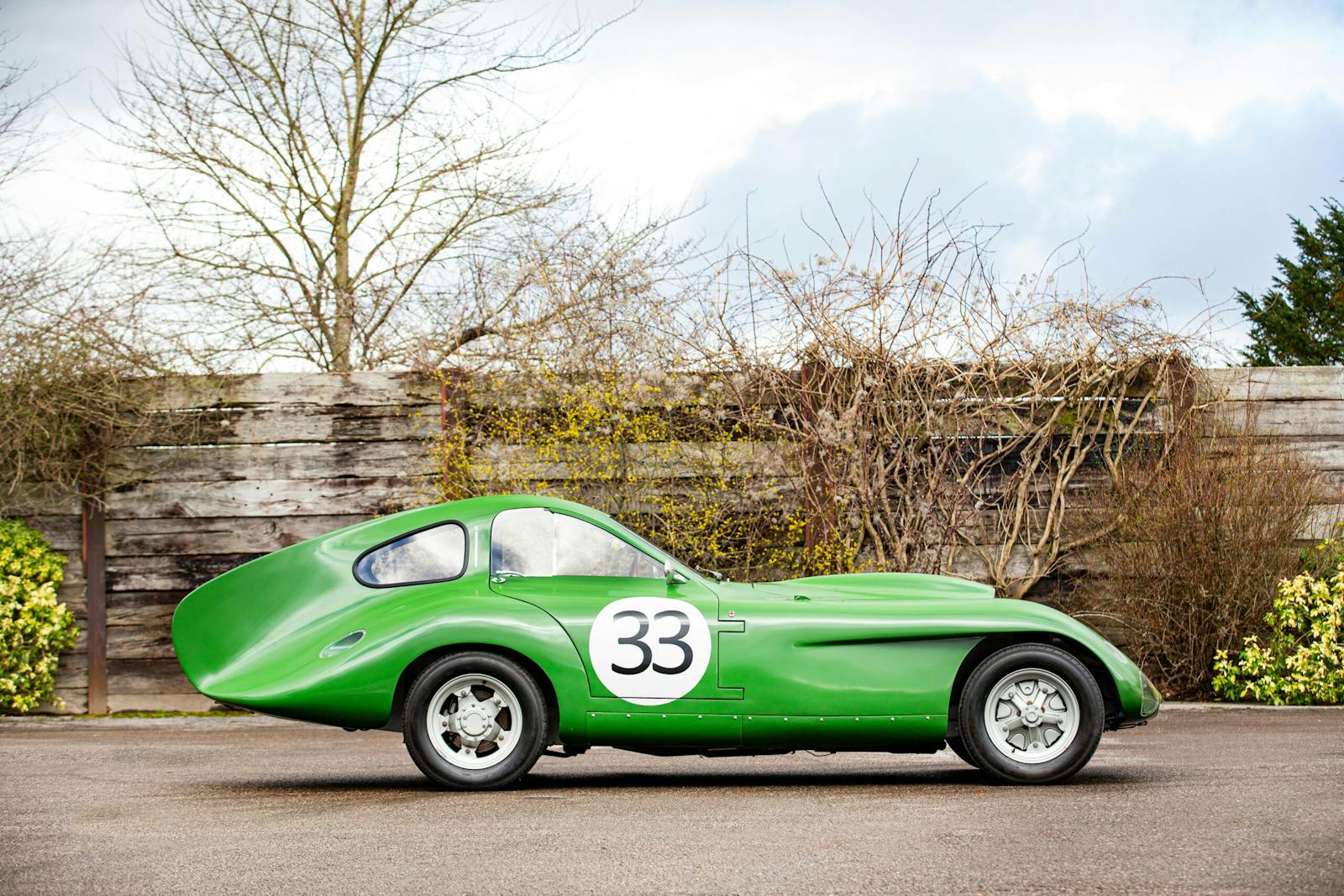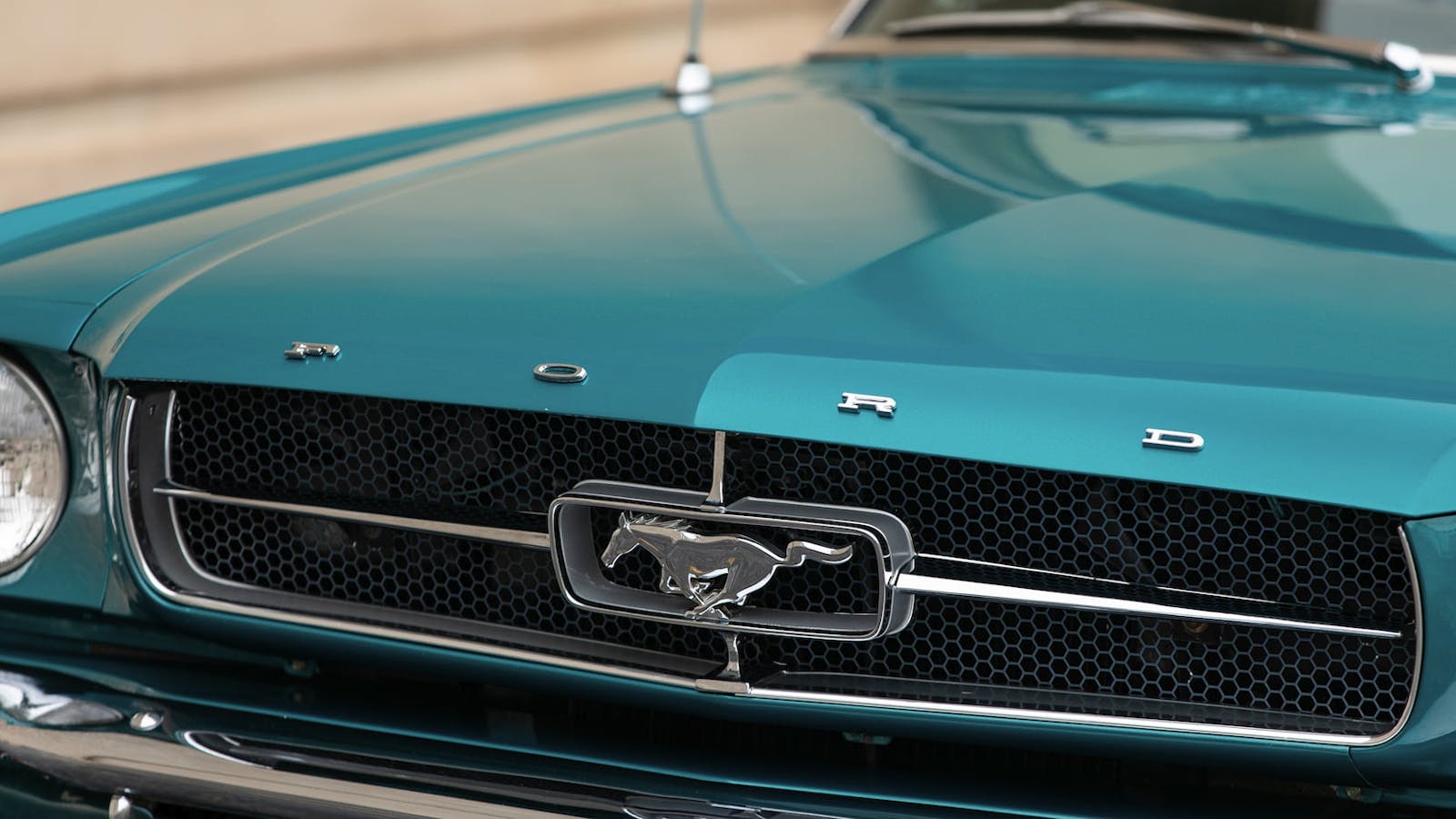5 classics posting the biggest gains in 2022
Our latest quarterly update to the Hagerty Price Guide has wrapped. After parsing a rich swath of large auctions and individual reference sales, the data proved the volatile collector market still has gains—and gaps—to explore. Some rising stars in this latest refresh illustrated a rubber-band effect in full swing: With the average prices of more popular collector cars still riding sky-high, some enthusiasts and savvy investors turn to parallel alternatives, inflating values of models that weren’t exactly hot-ticket items prior to the pricing surge of their more popular siblings.
Let’s look at the most noteworthy gainers of this edition of the Price Guide.
1977–81 Pontiac Firebird Trans Am Special Edition: +34 percent

It seems Smokey and the Bandit still cashes heavy nostalgia checks for the collector car crowd, with multiple big sales of Burt Reynolds–adjacent, black-and-gold screamin’ chickens raising the floor for the rest of the field. Everyone cracks at least a small smile when they see Pontiac’s peacocking muscle car, so it’s no surprise they’re willing to pay, too.
Sticking with the iconic Special Edition, you can expect to pay $63,100 for a 1977 in #3, or driver-quality, condition (up from $48,500); $97,500 for a Trans Am in #2, or Excellent, condition (up from $75,000); and a Smokey-beating $144,000 for one ready for the big screen (up from $103,000). That’s a lot of Coors.
1986–95 Suzuki Samurai: +34 percent

The Suzuki Samurai, a member of our 2022 Bull Market list, has come home to roost. 34 percent seems relatively huge when discussing valuation—and in most cases it is—but the spunky Samurai is still quite a steal, even after the boost. A 1988 Samurai in #3 condition moved from an average of $7200 in April to $8500 in this update. For a #2 condition example of this king-size Power Wheels, what was $15,100 is now $17,100. Models in #1 condition didn’t budge an inch.
As to what’s causing this jump, it’s likely a combination of standard Japanese car market growth mixed with segment newcomers who are looking for something different to complement the other clean classics in the garage. It seems the tiny Suzuki has done well to shake off its cheerleader vibe.
1966–67 Dodge Charger 440: +36 percent

This one came as a bit of a surprise, but we can explain. Certain iterations of the first-generation Dodge Charger are up an impressive 36 percent in the latest update after showing zero growth in the market since the beginning of the year. That prior stagnation is perfectly understandable, as the first-gen Charger is profoundly less popular than the second and third generations.
With the muscle car market launching nearly as hard as values for Japanese collector cars, however, some increase-by-association was expected. Then, we have the 30- to 40-percent increase in values for second-gen, big-block Chargers since late 2021, and a recent sale record broken for a Hemi Charger Daytona. So, Chargers are hot, hot, hot—and first-gens have been comparatively cheap, cheap, cheap. As a result, Charger fans are getting while the getting is good—if it’s not already too late.
The main winner is the 1967 Charger with the iconic 440-cubic-inch V-8: Values for #3 condition cars leapt from $27,800 to $38,900 this month, the latter amount swapping neatly with the prior value for a #2 condition 440 Charger, which now sits at $54,500.
1966–69 Alfa Romeo Duetto Spider: +40 percent

It’s a bit odd to see such a collector staple as the cutesy Alfa Romeo Spider as the second-highest gainer of this update, but the curvaceous first-generation Duetto soared 40 percent since April. Stranger still is the Duetto’s value plotline since the beginning of this year. After a three percent decrease across the board in January, April’s update nudged average prices up 8.6 percent. That’s inline with—or even below—the pressurized collector market, but 40 percent since April? What, did everyone suddenly discover the romantic merits of Alfa’s iconic barchetta?
Not really. “Likely, the market had been ready to spend as much on a Duetto, but the right car(s) hadn’t appeared on the market yet,” explained Hagerty’s manager of valuation analytics, John Wiley. “The flat price guide values reflected that scarcity of excellent cars available.” A bevy of excellent cars—including one with 50 years of ownership history—recently went up for sale, commanding requisitely strong prices and correcting our data.
Now, those wishing to breathe that aire libre can expect to say ciao to $59,900 for a Duetto in #3 condition, or $125,000 if a concours-level (#1 condition) Spider is what they’re after.
1990 Nissan Skyline GT-R Nismo, N1 (R32): +94 percent, +100 percent

Surprise! A JDM superstar leads this update’s gainers, with the R32-generation GT-R Nismo up 94 percent and the enigmatic GT-R N1 showing a cool 100 percent growth. Skyline GT-Rs of any generation remain white-hot, but values of the 1989–94 R32s are on a tear, returning an 18 percent rise on average.
“We’re talking a market repriced weekly right now,” said Price Guide editor Greg Ingold. As the standard R32 rises, the rare variants rocket: The homologation-focused Nismo and N1s are some of the most sought-after JDM cars trading hands behind the scenes, Ingold explains. “We observed a concours-quality Nismo sell for $330,000 recently, and on the same weekend it was listed. My sources tell me this sale is legit, and not an outlier.”
As of this update, a standard R32 GT-R sells for an average of $65,000 in #3 (Good) condition, $100,000 in #2, and $160,000 in #1. Making the leap to the Nismo lands you in a whole different bracket: The 560-unit homologation special commands $190,000 in #2 condition and a gut-busting $320,000 in #1, a spike from $96,300 and $159,000, respectively.
The N1 is another exotic animal entirely. Only 245 R32 N1s were built, further delineated into standard N1, V Spec N1, and V Spec II N1. The V Spec II N1 is the rarest of the bunch, with just 63 units produced, and consequently the most valuable, with a 170 percent price increase; a #3 condition V Spec II N1 sits pretty at $200,000 (up from $92,700), requiring a wild $540,000 (up from $271,000) to score one ready for the concours green.

